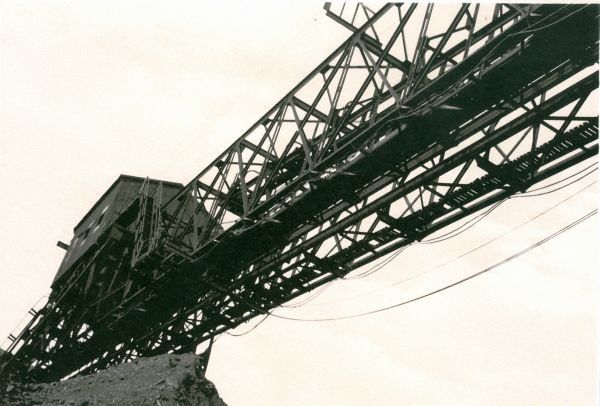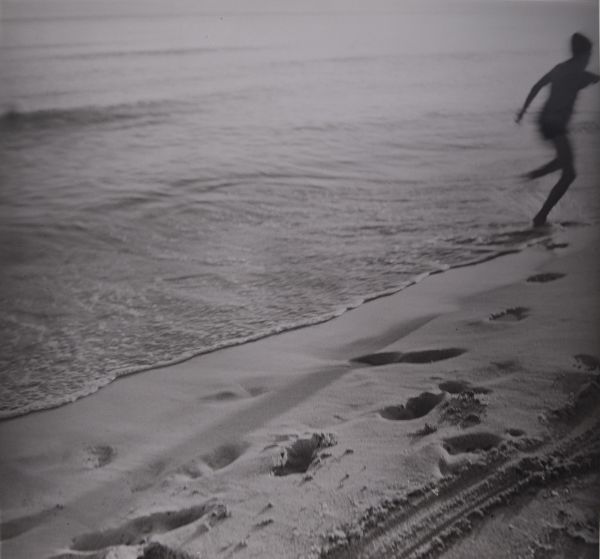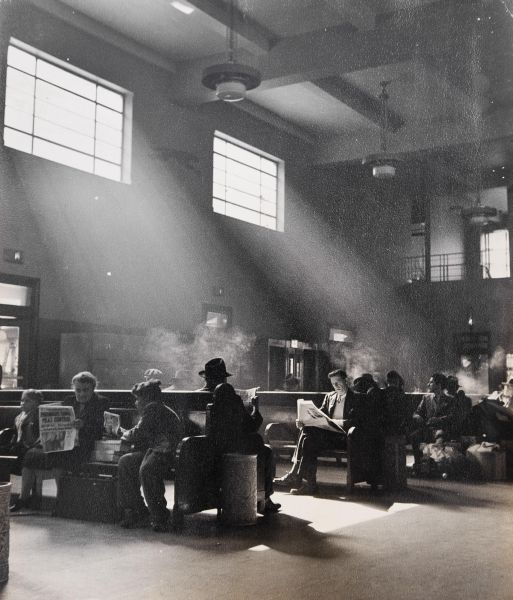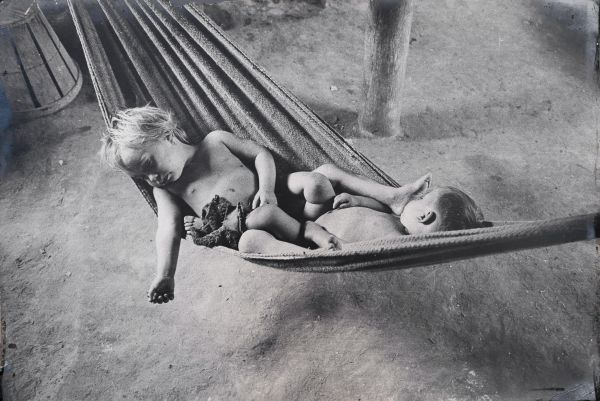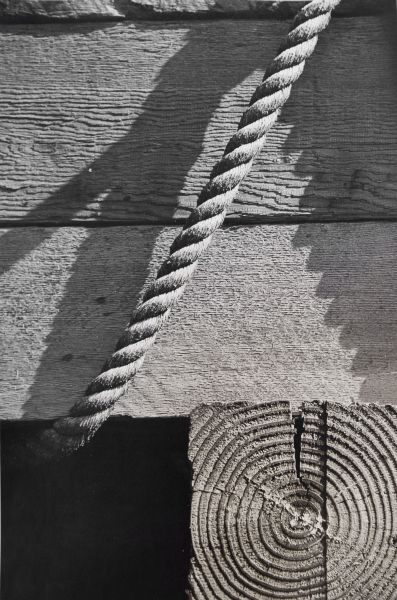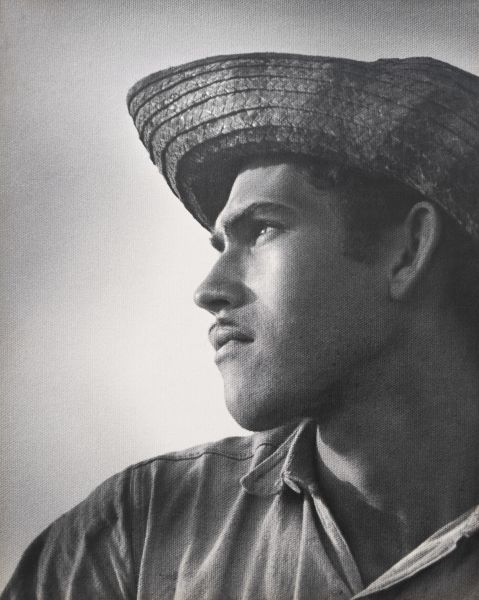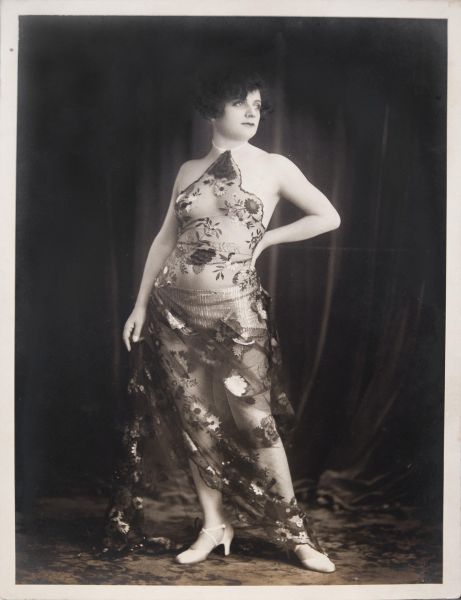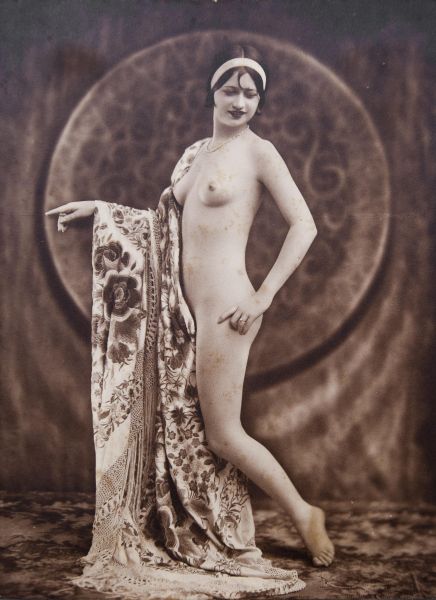Avant-garde Photography in Cuba
It was Joaquín Blez who took the first step towards photographic modernity in Cuban art in a dialectical relationship between tradition and contemporaneity. Blez was followed by José Manuel Acosta, who not only introduced new ways of making portraits and landscapes, traditional genres in the photography of the island, but opened up a contemporary field of visual experimentation in Cuban art that did not yet exist in national manifestations of the fine arts. Throughout the nineteen thirties, his portraits, his approach to nature and the urban scene were exceptional. But above all, by means of his investigation of forms, he created a unique style in Cuban art at that time, far ahead of other creators in establishing completely new aesthetic codes. His work undeniably contains the principal precedents of modern Cuban photography. The path opened up by both the above was broadened by the contributions of the photographers who followed them in the thirties and who, gathered together at the Club Fotográfico de Cuba founded in 1939, bequeathed a novel way of looking at their surroundings and left an oeuvre that makes it possible to establish the major lines of development followed by Cuban photography to which many of the photographers who came after them are indebted. That time gave rise to photographers’ concerns about the conceptual problems of photography as a creative means of expression subject to the specificity of its language. In any case, in the work of them all many of the elements brought by the avant-garde are exemplified, such as the new way of seeing women, the recognition of their own racial and cultural diversity, all expressed in languages in which priority is given to formal experimentation. In quite a few cases, the new trends along with the innovating concepts contributed by their contemporaries in other regions were taken over by many of these photographers, whose works reveal remarkable levels of modernity for the period. It is interesting to note that while Blez and Acosta have attracted the attention of historians and critics and their work has been exhibited in some Cuban and foreign institutions, the photographers who assembled to promote and defend Cuban photography in the late thirties are still inexplicably unknown both inside and outside the national territory. This exhibition will be the first attempt to gain recognition for the work produced by some of those authors who have unfortunately not been given the appreciation their work warrants.
